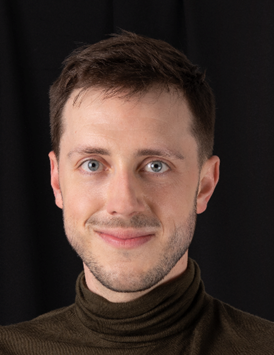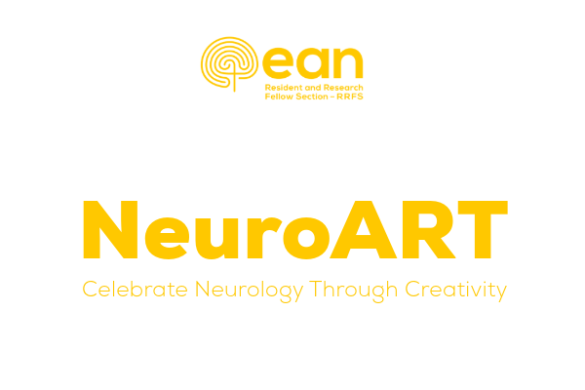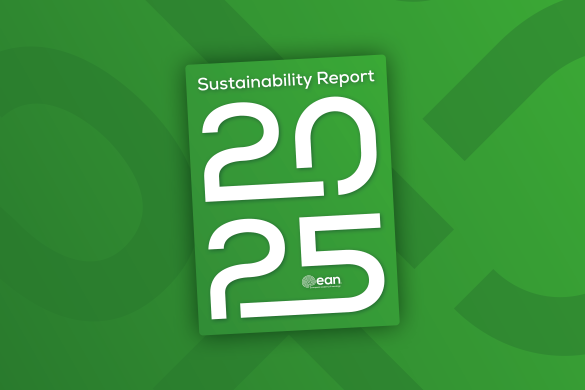by Raphael Wurm
For August, we have selected Xiong Y, Campbell BCV, Schwamm LH, et al. Tenecteplase for Ischemic Stroke at 4.5 to 24 Hours without Thrombectomy. New England Journal of Medicine. 2024;391:203–212 DOI: 10.1056/NEJMoa2402980.
Given the challenges in treating ischaemic stroke beyond the conventional 4.5-hour window, particularly in settings lacking access to endovascular thrombectomy, expanding the therapeutic options of available treatments is of great interest. Recently, tenecteplase, an alternative to tissue-type plasminogen (t-PA) activator, was proven to be non-inferior in the traditional window of up to 4.5 hours after symptom onset. It appears preferable for its ease of use as a bolus and preliminary signals suggest a higher rate of recanalisation. While t-PA was proven to be safe and effective in selected patients after 4.5 hours, this has not yet been tested for tenecteplase.
Our paper of the month is a randomised controlled trial evaluating tenecteplase administered 4.5 to 24 hours after stroke onset in 516 Chinese patients. These patients had large-vessel occlusion in the middle cerebral artery or internal carotid artery and salvageable brain tissue identified via perfusion imaging. Importantly, patients were excluded if thrombectomy was planned, though rescue thrombectomy was allowed when feasible. The key inclusion criteria were an NIH Stroke Scale score of 6 to 25 and a lack of access to thrombectomy within the treatment window.
The study results showed that tenecteplase led to a higher percentage of patients achieving a favourable modified Rankin scale score (0 or 1) at 90 days compared to standard medical treatment (33.0% vs. 24.2%; relative rate, 1.37; 95% confidence interval [CI], 1.04 to 1.81; P=0.03). Mortality rates at 90 days were similar between the tenecteplase and standard treatment groups (13.3% vs. 13.1%). However, there was a higher incidence of symptomatic intracranial haemorrhage in the tenecteplase group compared to the standard treatment group (3.0% vs. 0.8%).
In conclusion, this trial suggests that tenecteplase may be an effective treatment for ischaemic stroke beyond the conventional 4.5-hour window in patients who do not have access to thrombectomy, with the trade-off being an increase in the risk of intracranial haemorrhage. Notably, this rate sits comfortably in the range of what we have observed in patients treated with t-PA up to 4.5 hours, suggesting that generally, an extended window for thrombolysis is not necessarily related to increased haemorrhagic complications. A caveat is of course the homogenous population studied and conformational trials in other settings are eagerly awaited. If it holds true, we can expect guidelines to reflect this extended indication soon, expanding our armamentarium for severely affected stroke patients – especially in areas where access to thrombectomy is limited.












